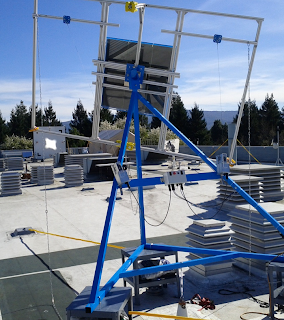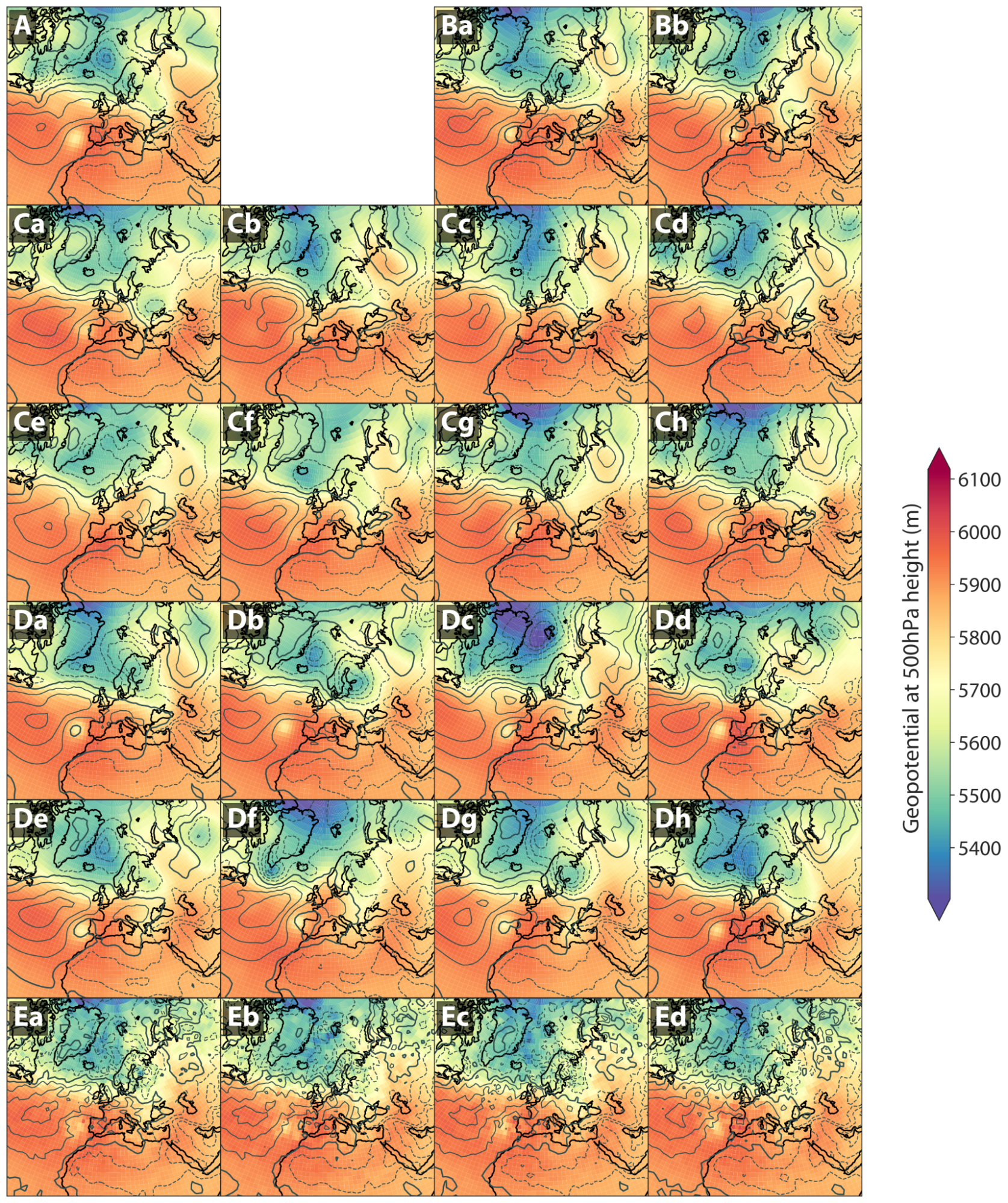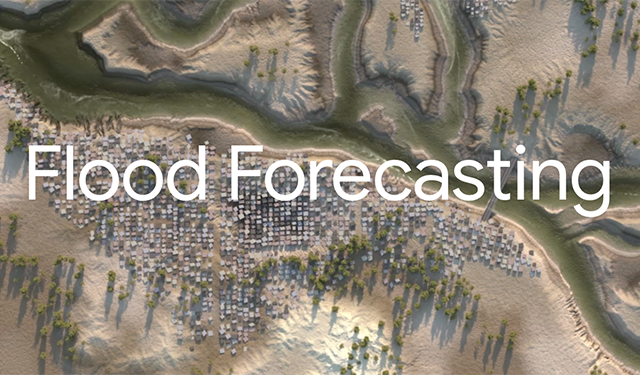
Data and code open sourced from Google's Renewable Energy Cheaper than Coal project
January 30, 2012
Posted by Ross Koningstein, Engineer, Google RE<C team
Cross-posted with the Open Source at Google Blog
Google’s RE<C renewable energy research project has recently open sourced a new tool and a significant amount of data to support future CSP (concentrating solar power) heliostat development.
HOpS Open Source Site
HOpS, heliostat optical simulation, is an open source software tool for accurately and efficiently performing optical simulations of fields of heliostats, the actuated mirror assemblies that direct sunlight onto a target in CSP applications.
Google used this tool to help evaluate heliostat field layouts and calculate heat input into a CSP receiver for power production. HOpS works by passing "packets" of light between optical elements (the sun, heliostats, and elements of the target surface), tracking shadowing and blocking masks along the way. For our analysis goals, this approach gave our researchers more flexibility and accuracy than analytic tools (such as DELSOL or HFLCAL), and it was easier to set up for thousands of runs than using ray tracers. Output from the simulation includes heliostat efficiency, target irradiance, and more, while an included shell script facilitates plotting heat maps of the output data using gnuplot.
REC-CSP Open Source Site
The REC_CSP open source project contains data sets and software useful for designing cheaper heliostats.
Available on the project site are:
1. Thirty days of three-dimensional wind measurement data taken with ultrasonic anemometers (sampled at ~7 Hz), recorded at several near surface elevations. The data is presented in the RE<C wind data collection document and is available for download on the open source site here.
2. A collection of heliostat aerodynamic load data obtained in a NASA wind tunnel and graphically represented in the appendix. This data is available for download on the open source site here.
3. Matlab software for high-precision, on-target heliostat control with built-in simulation for testing. This is essentially the same software used in the RE<C heliostat control demonstrations and described in the accelerometer sensing and control system design documents. The source code is available for download here.






